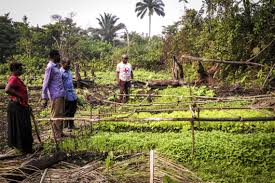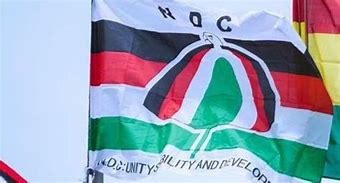
Only 4.0% of total bank lending in Ghana went into agriculture in the last five years.
According to C-Energy Global Holdings, the constrained access to funds from most banks can be traced to the perceived risks of poor record-keeping practices which affect the assessment of farmers’ creditworthiness, extremely low level of agriculture mechanization coupled with post-harvest losses.
The outturn of these risks, it said can be seen in the sector’s deficient performance and high credit defaults. Non-performing loans for the sector averaged 30% over the last 5 years relative to the 17% averaged by the banking industry across all sectors, evidencing banks’ hesitation to fund the agriculture sector.
“Until the funding gaps are fully plugged, food insecurity remains a threat to the nation”, it added.
It also expressed worry about the abysmal performance of food production in the country.
Therefore, to reverse this trajectory, it is calling for access to sustainable financing is needed to improve productivity and scale up production to support the rest of the region.
Ghana witnessed slight improvements in productivity in the initial stage (Phase 1) of the Planting for Food and Jobs Initiative and other government intervention programs.
However, the country saw an unprecedented rise in food prices in 2022 evidenced by the national food price index which increased by 23.8% in 2022.
C-Energy Global Holdings said this widened the country’s exposure to food security risks.
The country ranked 83rd amongst food-secure countries in the world according to the Global Food Security Index- 2022 report with a score of 52.6%.
In the wake of climate change, the country’s food security is also at risk. Ghana is one of the top 10 countries impacted severely by climate change despite contributing the least to global warming.
Story by Osei Akoto(Teacher Kojo) #Ahotoronline.com




